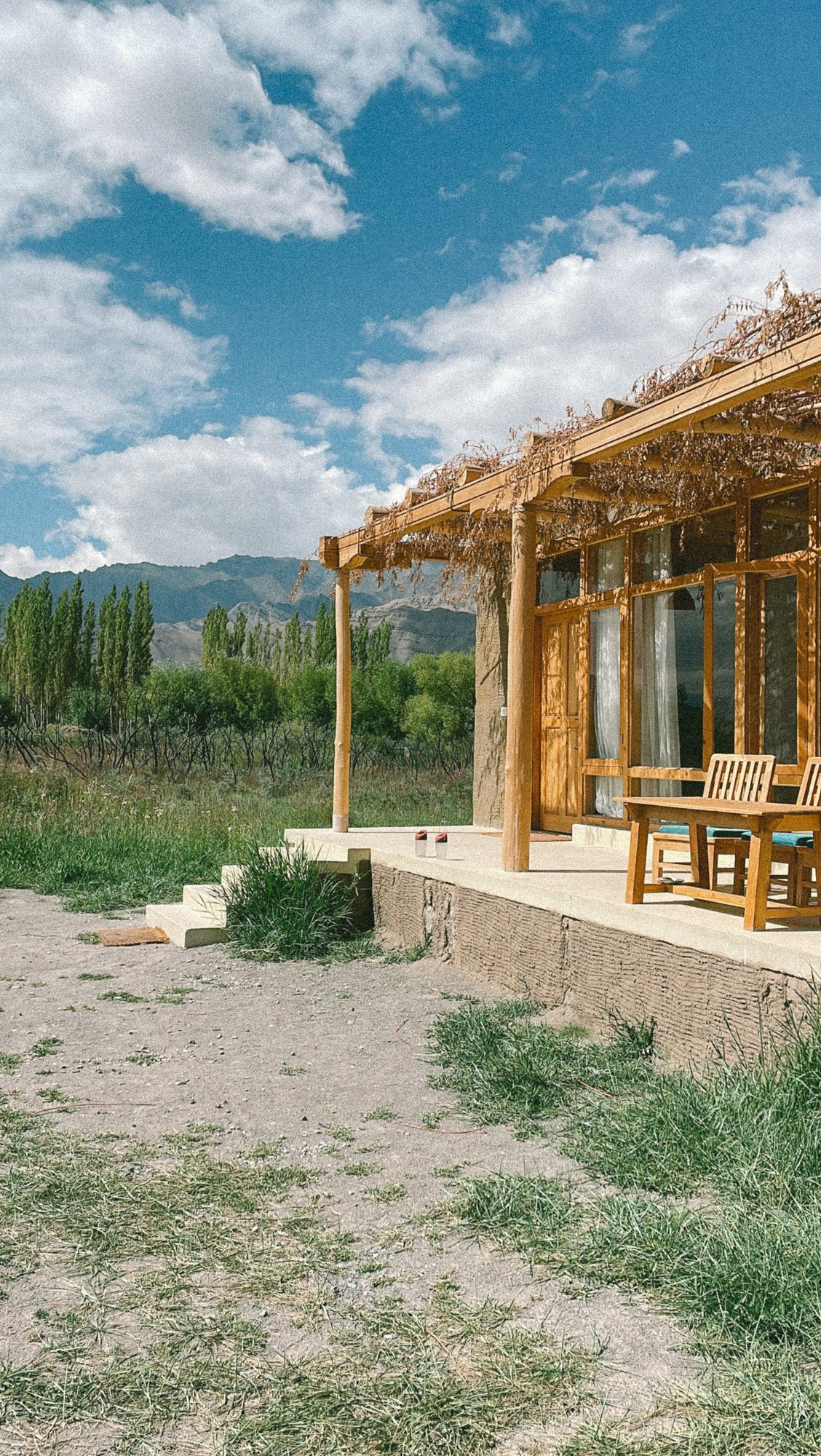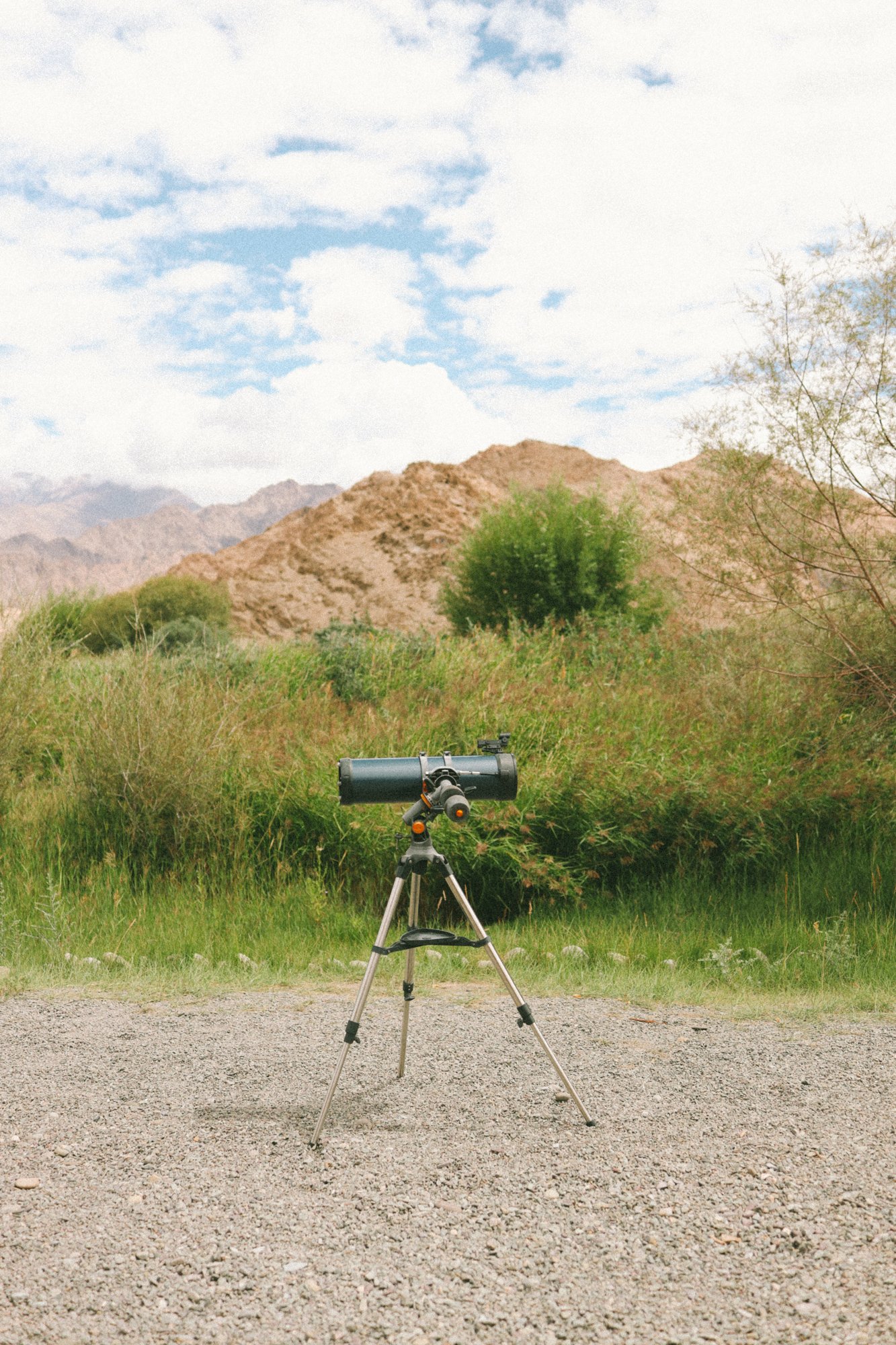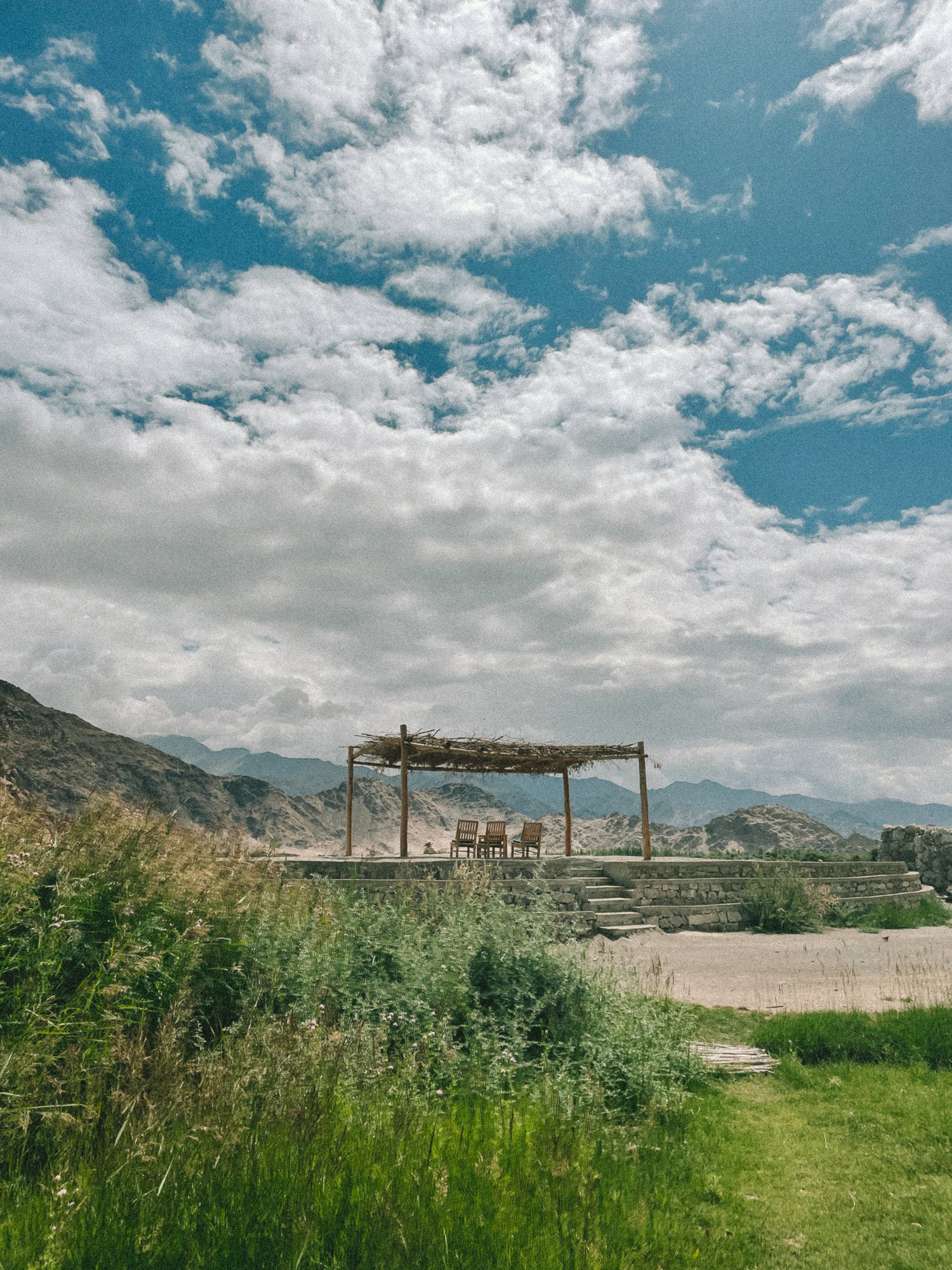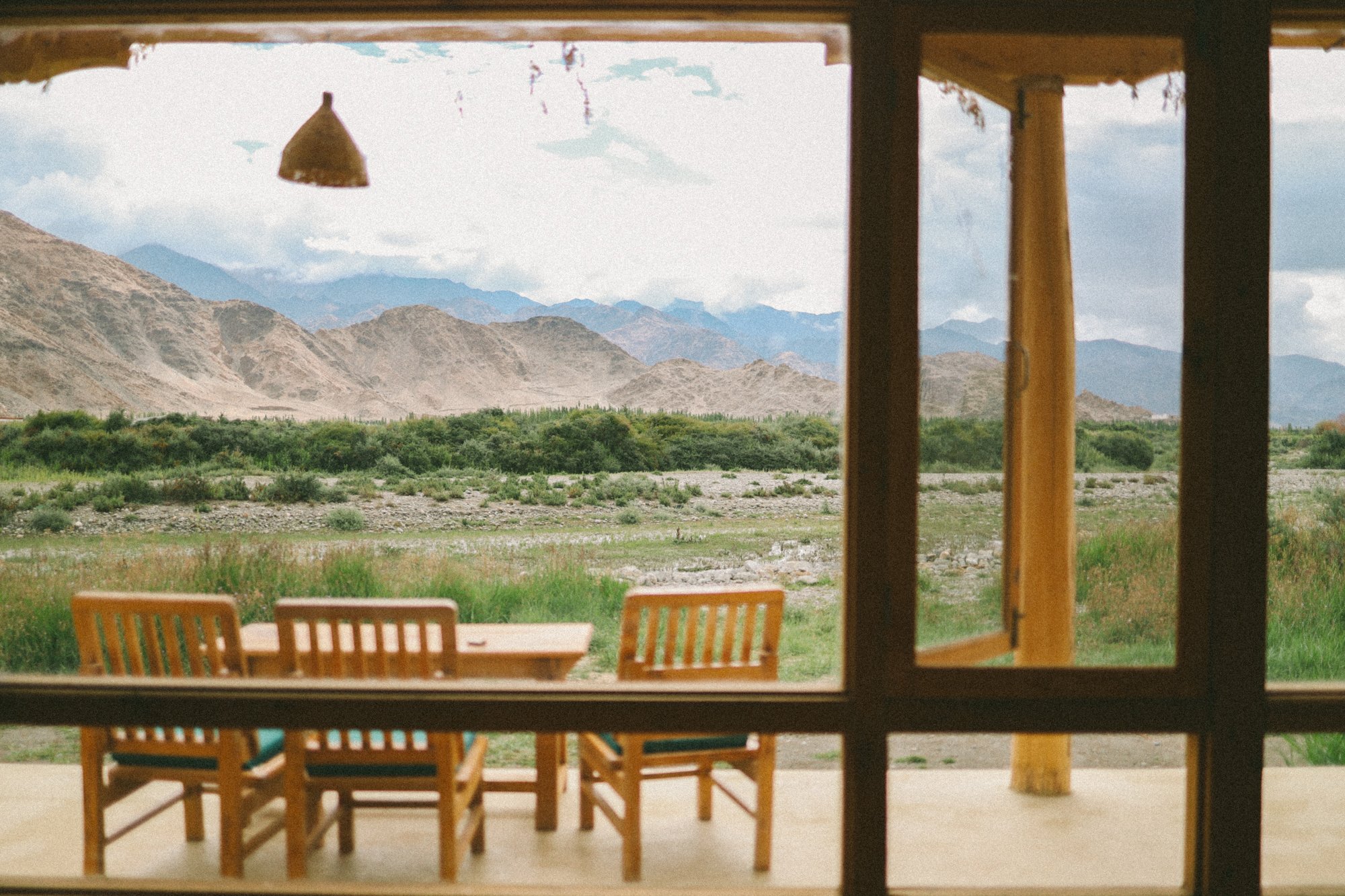“सिन्धु नदी LEH”
The Indus is a transboundary river of Asia and a trans-Himalayan river of South and Central Asia. The 3,120 km (1,940 miles) river rises in mountain springs northeast of Mount Kailash in Western Tibet, flows northwest through the disputed region of Kashmir, bends sharply to the left after the Nanga Parbat massif, and flows south-by-southwest through Pakistan, before emptying into the Arabian Sea near the port city of Karachi. Indus river in Ladakh is at an elevation of more than 8000 feet. The Indus River in Ladakh receives almost all the water from melting glaciers in the upper mountainous area. Therefore, when they starting to emerge from the ridge, the water level and its flow begin to increase. And there is almost no increase in surface flow on the plains, where evaporation and seepage drain greatly reduce the flow.
The Indus River provides key water resources for Pakistan's economy – especially the breadbasket of Punjab province, which accounts for most of the nation's agricultural production, and Sindh. The word Punjab means "land of five rivers" and the five rivers are Jhelum, Chenab, Ravi, Beas and Sutlej, all of which finally flow into the Indus. Unlike the rivers of East Asia, which have strongly interacted as a result of eastward propagating deformation in that area, the Indus has remained uninterrupted and represents the oldest known river in the Himalayan region.
In the midst of this area of natural vegetation and with minimum disruption to the land, one can find The Indus River Camp which is owned by the Indus Welfare Society, a local organisation of Buddhist villagers from the village of Chuchot Yokma, 3 of whom fashioned the camp as it is today.

















